In addition to MRI techniques, there are various methods of clinical examination that healthcare professionals use to assess patients. These methods provide valuable information about a patient’s health status, aid in diagnosis, and inform treatment decisions. Some common methods of clinical examination include:
- Physical Examination: This involves systematically evaluating the patient’s body by observation, palpation (feeling with the hands), percussion (tapping on the body surface), and auscultation (listening with a stethoscope). Physical examination assesses vital signs (such as temperature, blood pressure, pulse, and respiratory rate) and examines specific body systems (such as the cardiovascular, respiratory, gastrointestinal, neurological, and musculoskeletal systems).
- History Taking: Gathering a comprehensive medical history is crucial for understanding a patient’s symptoms, past medical conditions, medications, allergies, family history, social history, and lifestyle factors. History taking provides context for the patient’s current condition and helps guide further evaluation and management.
- Laboratory Tests: Various laboratory tests, including blood tests, urine tests, and imaging studies (such as X-rays, CT scans, and MRI), provide objective data about a patient’s biochemical and physiological status. These tests help diagnose medical conditions, monitor disease progression, and assess treatment responses.
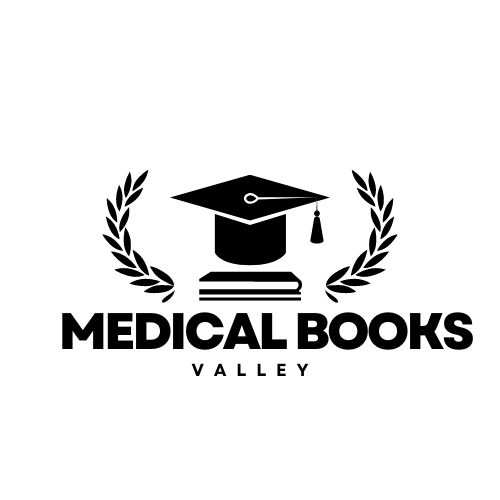
 Anaesthesia books
Anaesthesia books Behavioral Science Books
Behavioral Science Books Cardiology Books
Cardiology Books Obstetric and Gynecology
Obstetric and Gynecology AMC Books
AMC Books Prepladder Notes
Prepladder Notes Stethoscope
Stethoscope Dermatology Books
Dermatology Books Neurosurgery Books
Neurosurgery Books Dentistry Books
Dentistry Books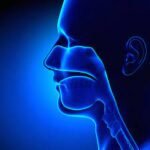 ENT Books
ENT Books Anatomy Books
Anatomy Books Biochemistry Books
Biochemistry Books Biostatistics Books
Biostatistics Books Plab Books
Plab Books Radiology Books
Radiology Books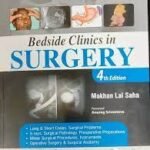 Surgery Books
Surgery Books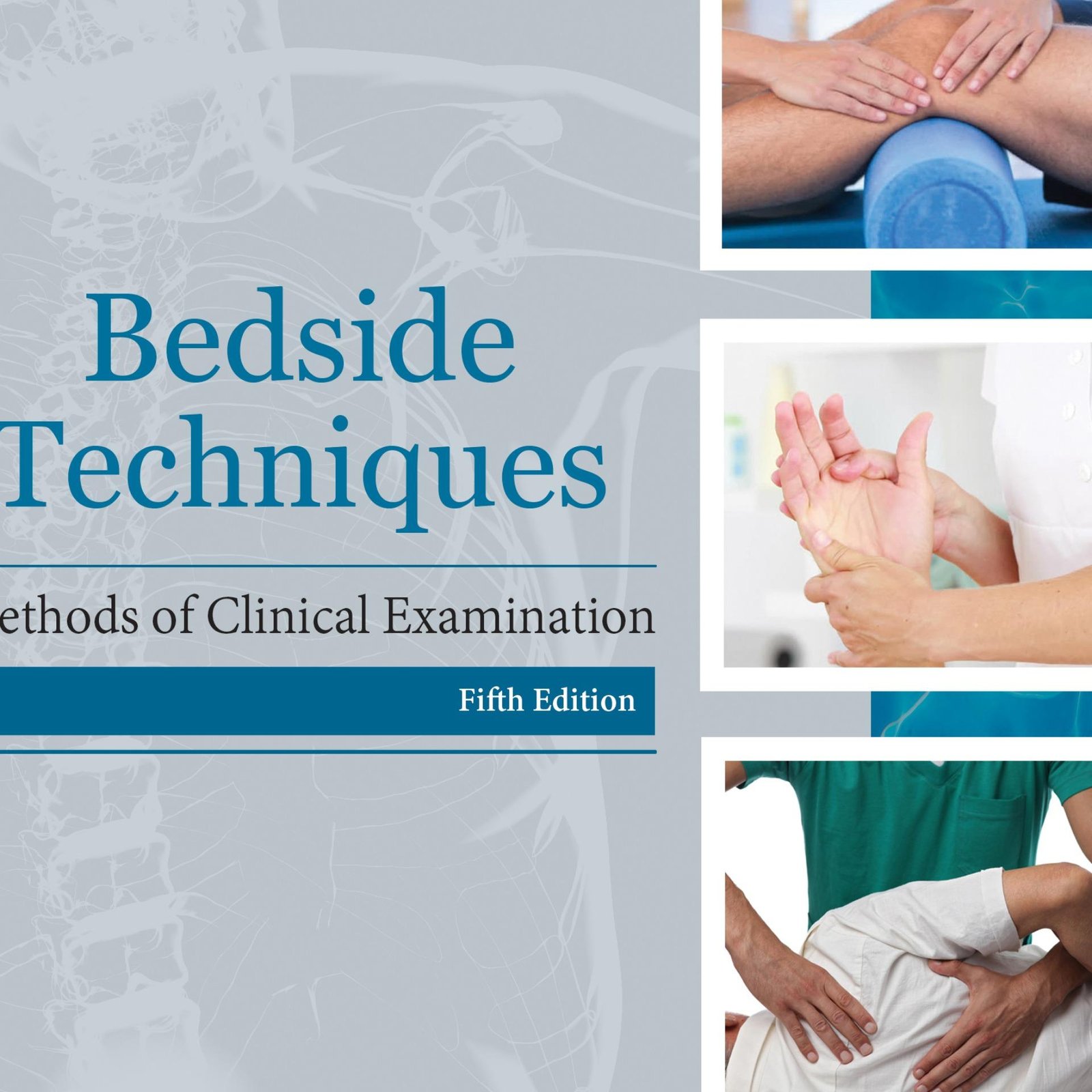
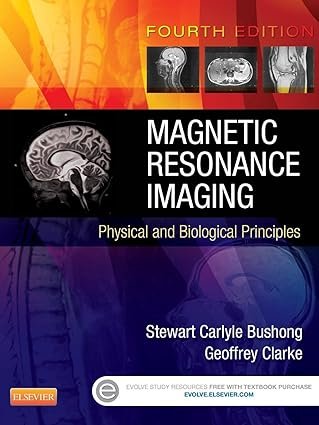
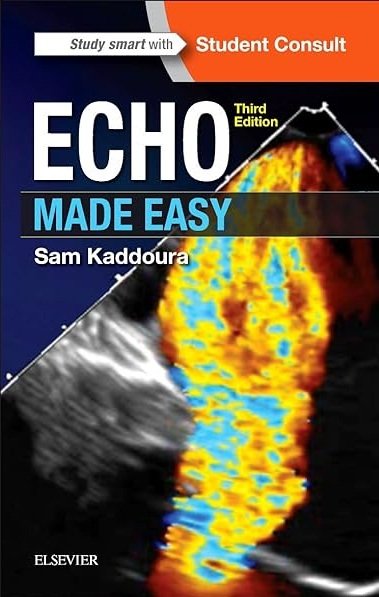



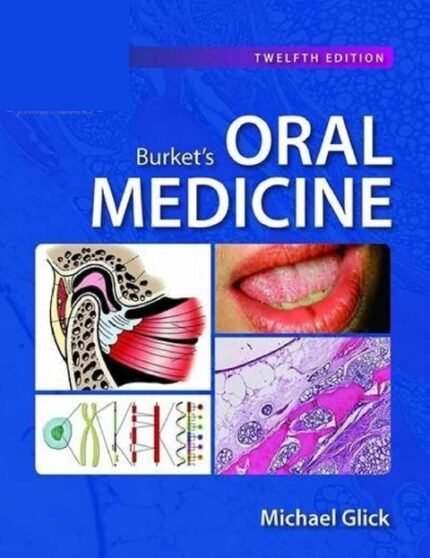

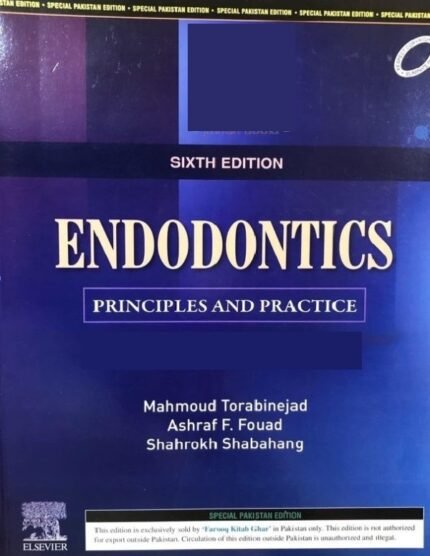
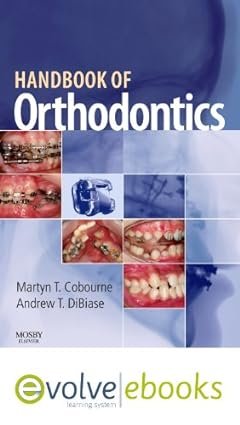


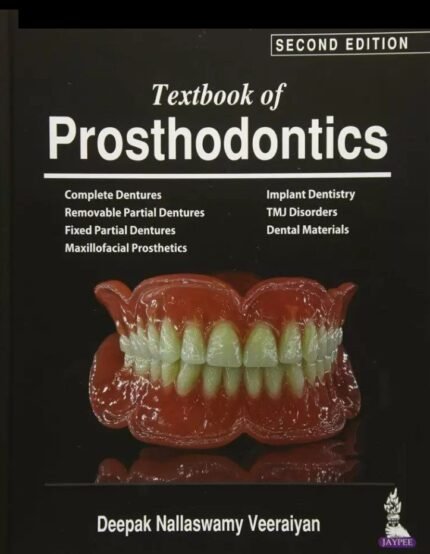
Reviews
There are no reviews yet.